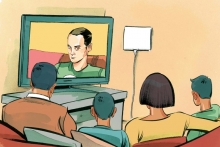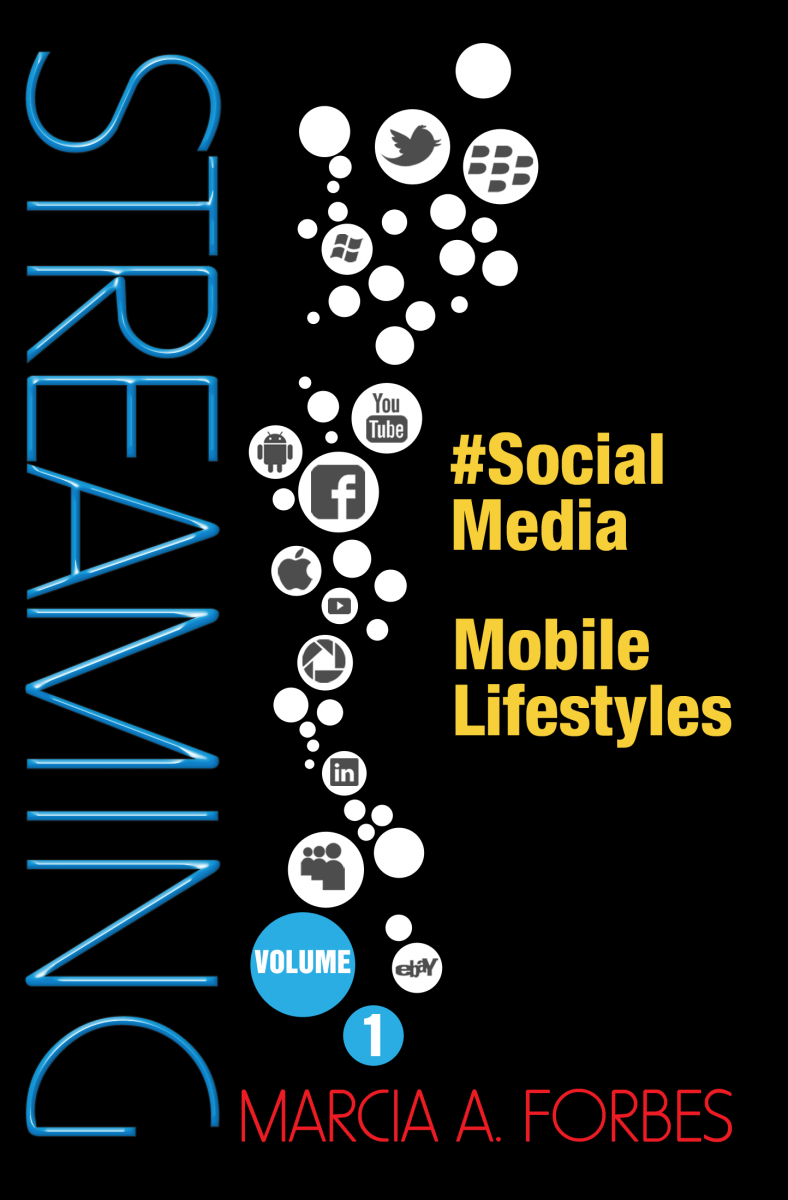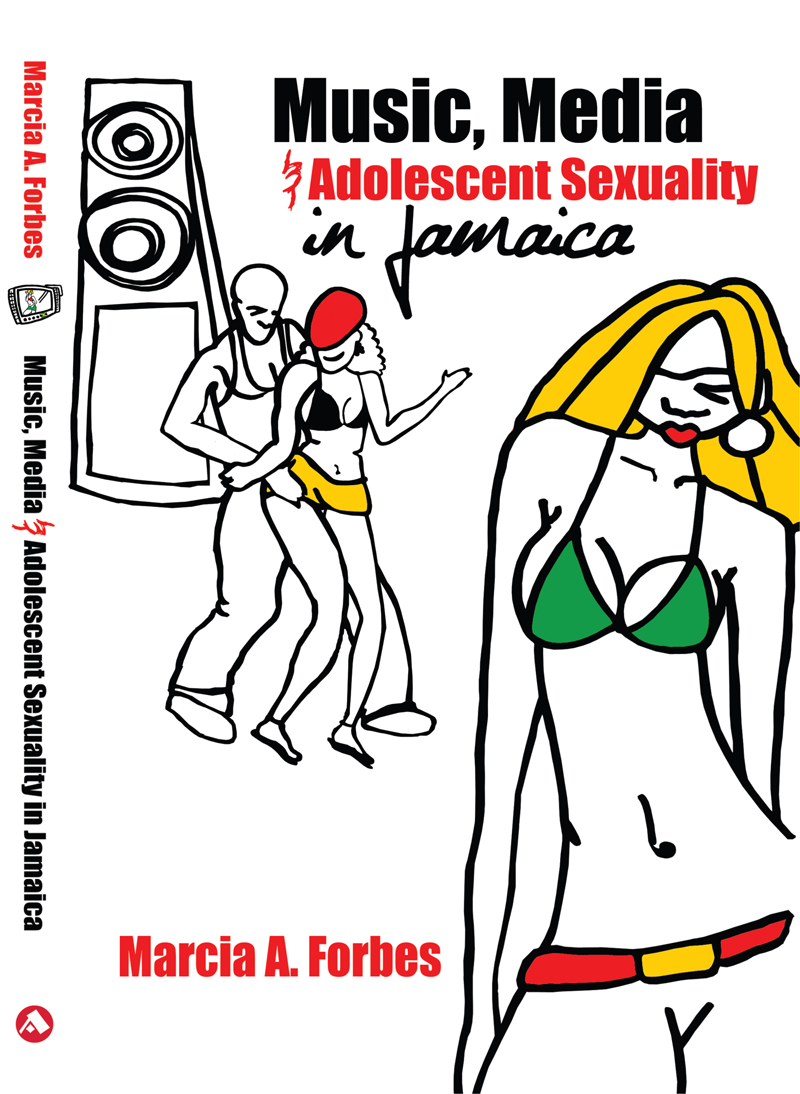Is Broadcast TV Dead?
Is Broadcast TV Dead?

Dwindling Audiences for TV
The King is dead. Long live the King! I will get back to this. Free to air TV stations and cable operators, in particular hardwire cable, have reason to be concerned. Their audiences are increasingly migrating online. The internet is proving to be the nemesis of numerous businesses, especially those in communication.
Radio, TV, newspapers, magazines and books are all feeling the challenge of audiences living more of their lives online. This is so even in countries where internet penetration levels are low. People are going online in increasing numbers via whatever means are available to them, including smartphones, workplace computers and internet cafes. They are spending more time online as the internet becomes more interactive and social media become deeply embedded in our lives.
Content is King, Distribution is Queen
Some years ago during data-collection toward Music, Media & Adolescent Sexuality in Jamaica, a book that explores the relationships between youths and television, primarily through music videos, an 11 year old opined that he did not mind watching videos on his computer. Although picture quality was poor and the screen small, he was willing to tolerate those annoyances in order to access newly released music videos.
In that book I challenged the concept of ‘TV’ as solely related to the actual physical device, arguing instead that ‘watching TV’ encompassed watching via a computer as well as other screens. Things have evolved. Youths are more specific now it seems, differentiating online viewing as ‘watching video’ not as ‘watching TV.’
So then, when one declares that ‘TV is dead’ it is the physical device known as TV that is under siege. It is being replaced by multi-media devices, or single use ones such as Roku, that deliver the much vaunted King – CONTENT. Then too, a more recent saying is that ‘If content is King, distribution is Queen.’ The internet is a fantastic distribution platform.
High speed broadband allows content streaming whether live or delayed and often free of buffering and time delays. Content has now been unbundled from TV and is freely roaming its way across any number of devices. Video is now hailed as the King of all content
Is Jamaica bucking the trend?
While TV in the USA and elsewhere is showing dwindling audiences, free to air TV in Jamaica seems to be bucking this trend, for now. The actual number of TV sets has increased from 904 in the year 2000 to 1,222 in 2012, an increase of about 35 percent. Hold the celebration, though, as multi-set TV households may help to account for this. Television has become a personal device more so than one for family-viewing. Everyone wants his/her own TV. In the data collection referenced earlier, two thirds of Jamaican adolescents had 2 or more TV sets at home.
When it comes to media share, TV hogs the show at 35 percent, compared to the internet and newspaper at 22 percent each and radio at 21 percent. Within media share, traditional TV dominates, carving out 25 percent of the 35 percent, leaving cable with a mere 10 percent. The potential market for free to air TV is also showing some growth, moving from 1,493,000 in 2000 to 1,585,000 in 2012, miniscule, but still growth. Cable TV, however, is not faring well, moving down from 996,000 in 2005 to 603,000 in 2012, a decline of almost 40 percent.
Free to Air versus Cable TV
Free to air TV in Jamaica has mounted a stout defence against Cable TV – local and international. The MRSL Survey, with data collected in 2012/2013, shows the current situation. It is not new.. In 1997, my first year as General Manager of Television Jamaica, free to air TV was a mere 39 percent of TV Tube. By 2002 it climbed to 63.5 percent. Now in 2013 it stands at 72 percent.
A strategic focus on locally created content across the two main free to air TV stations in Jamaica has helped to beat back Cable TV from its early days of Tube share dominance. Arguments about cultural imperialism often fail to acknowledge the tremendous growth in locally created content this island has seen over the past 15 years.
Enter Columbus Communication/Flow Cable TV
Columbus Communication’s cable systems, mostly branded as Flow, operate across about seven Caribbean countries. Flow operates Jamaica’s only island-wide cable network. This company seems to take local content creation and transmission seriously. Its local channel, Flow 100, is beginning to make a mark. I suspect free to air TV stations in this island will soon see a real challenge from this business entity as it is backed by technical strength and ‘real money’, unlike other local cable TV operators.
There are reportedly about one hundred and thirty (130) free to air TV stations across 15 Caribbean countries (this includes Haiti and Suriname). There are approximately 90 cable operators. Conceivably, creating local content could help to positively position both cable and free to air TV, even as one is fully cognizant of the challenges relating to producing such content.
Re-purposing Content for Multi-platform use
One way to defray expenses and maximize value is to repurpose content and use across several platforms. Media mergers make this possible. Many free to air TV stations own cable channels as well as online platforms. Many cable systems own online and other platforms. With content now released from the confines of TV, media managers can look to placing video online and elsewhere. This way they will harness the power of King Content and couple it with Queen Distribution.


